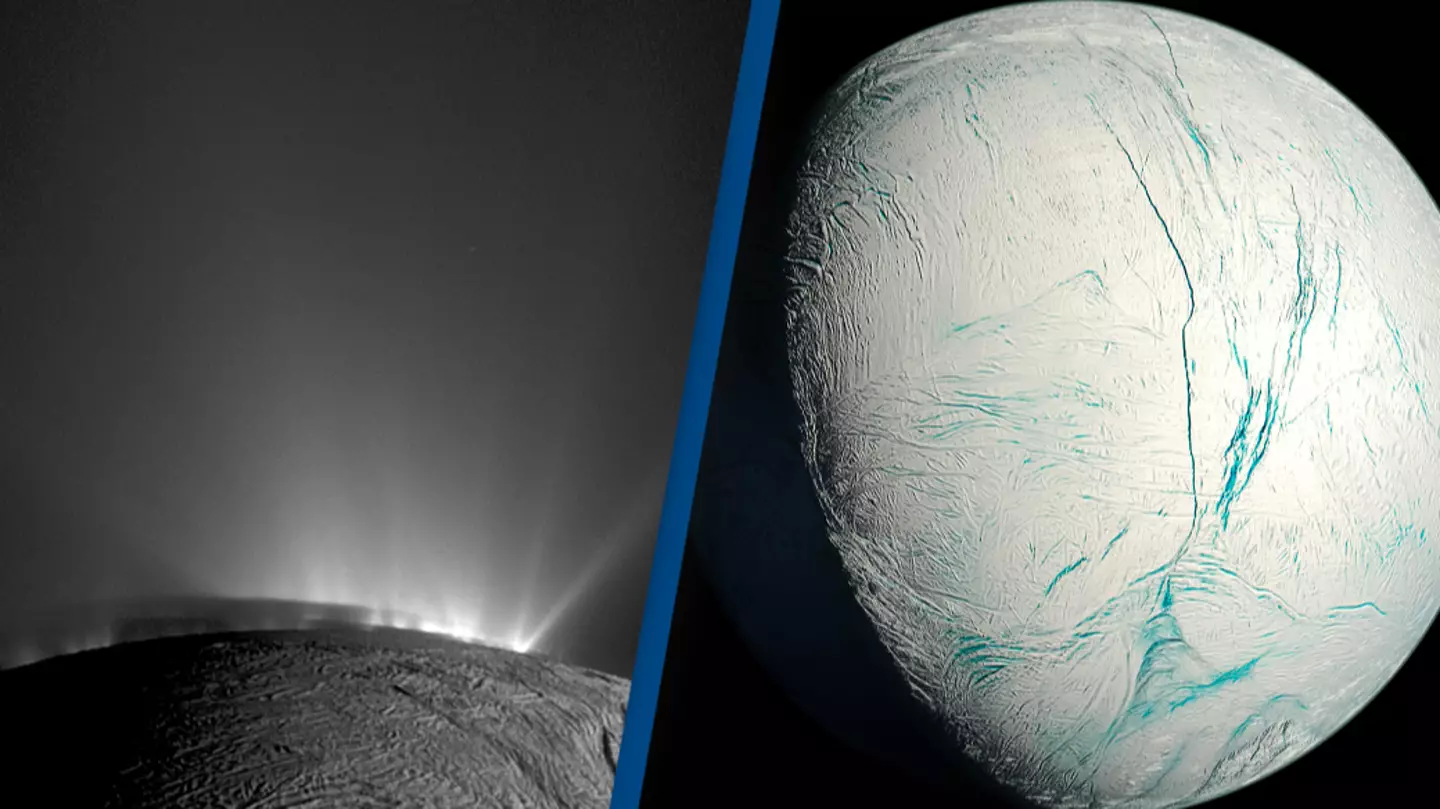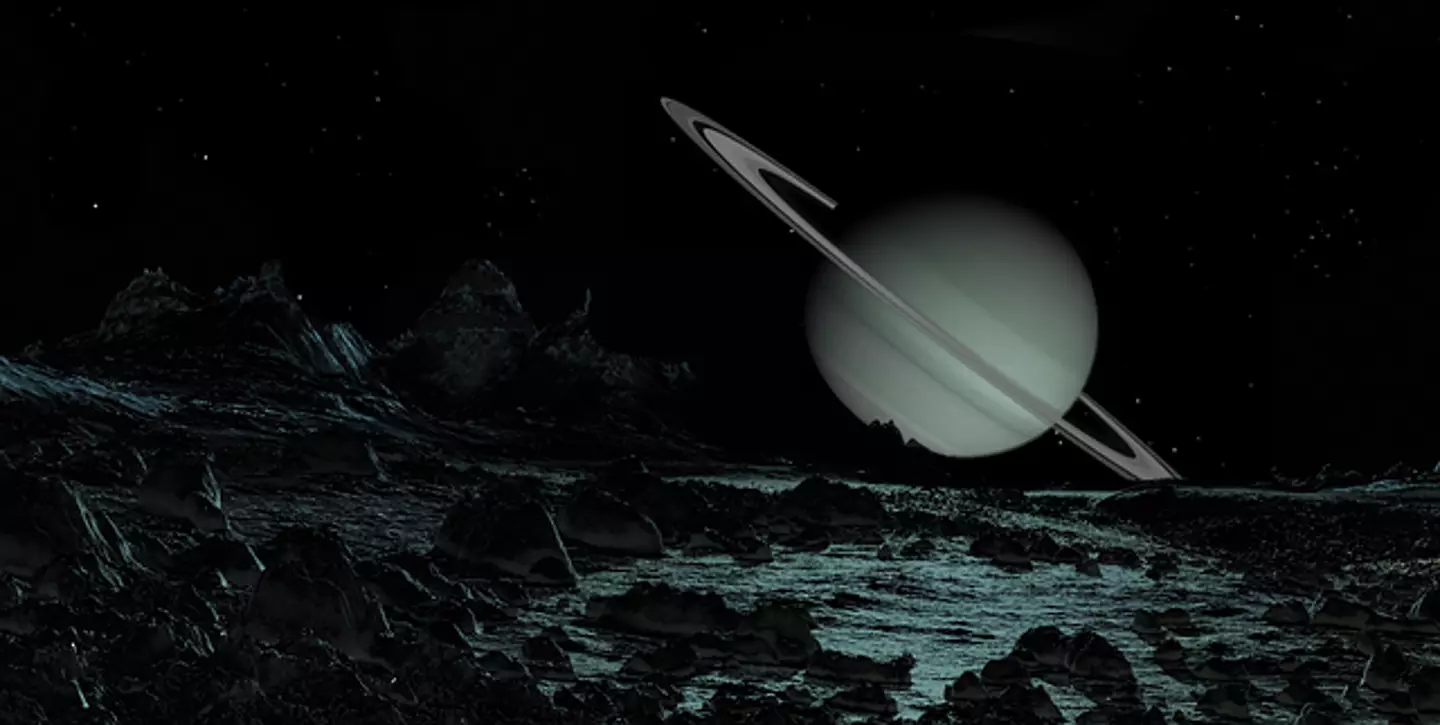
Humans have long speculated about whether or not alien life exists beyond planet Earth.
It's now been revealed that a moon orbiting Saturn might point us in the direction of further information.
Enceladus has been deemed one of the most likely spots for life outside of our planet, as it has salty water and other conditions that could support alien life.
The James Webb Space Telescope has now spotted a vast plume being ejected out of the planet, which is creating a large outer 'donut' that is thought to be twenty times bigger than the planet itself.
Advert
Because of the scale of the water, scientists initially thought they had made a mistake.

Lead author Geronimo Villanueva of NASA’s Goddard Space Flight Center said: "When I was looking at the data, at first, I was thinking I had to be wrong. It was just so shocking to detect a water plume more than 20 times the size of the moon.
"The water plume extends far beyond its release region at the southern pole."
Advert
Not only was the height of the plume impressive, but the amount of water it was releasing was staggering.
The plume shot out 79 gallons of water every second, which is enough to fill an Olympic size swimming pool in a couple of hours.
Enceladus has already been studied in depth by scientists looking for alien life, but so far nothing has turned up.
Most observation has been done by the Cassini spacecraft which flew around Saturn and its surrounding system.
Advert
The Webb telescope offers a different look at the moon, however.

Villaneuva explained: "The orbit of Enceladus around Saturn is relatively quick, just 33 hours. As it whips around Saturn, the moon and its jets are basically spitting off water, leaving a halo, almost like a donut, in its wake.
"In the Webb observations, not only was the plume huge, but there was just water absolutely everywhere."
Advert
Co-author Stefanie Milam, from NASA Goddard, elaborated: "Right now, Webb provides a unique way to directly measure how water evolves and changes over time across Enceladus’ immense plume, and as we see here, we will even make new discoveries and learn more about the composition of the underlying ocean.
"Because of Webb’s wavelength coverage and sensitivity, and what we’ve learned from previous missions, we have an entire new window of opportunity in front of us."
Scientists will continue keeping a close eye on Enceladus with the hopes of learning more about the jets of water and how they're formed.
